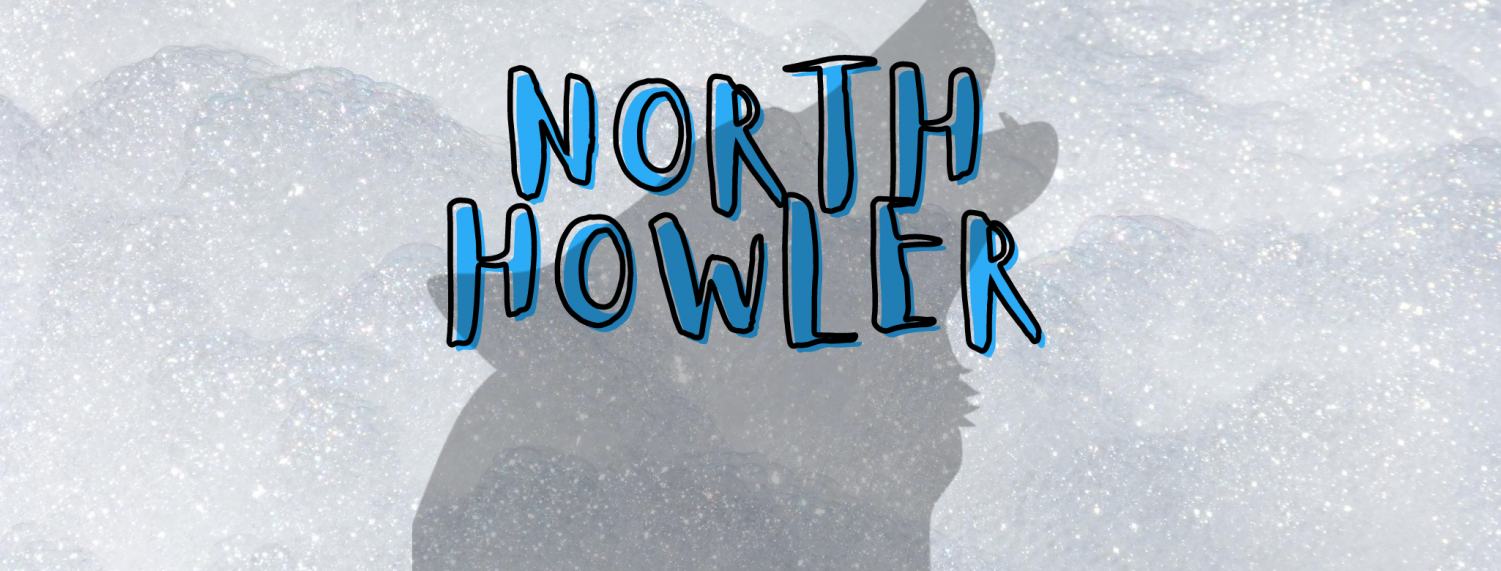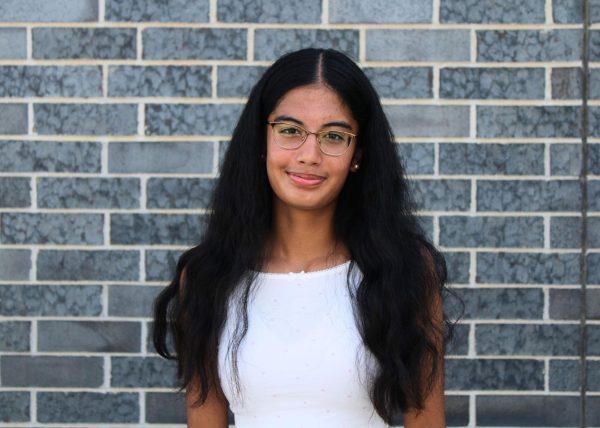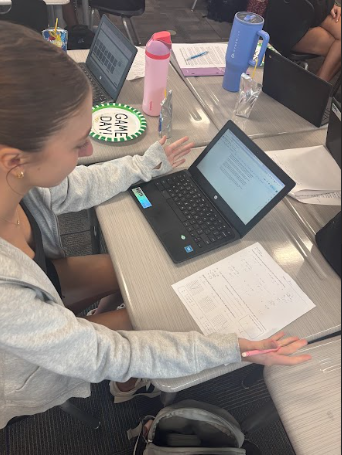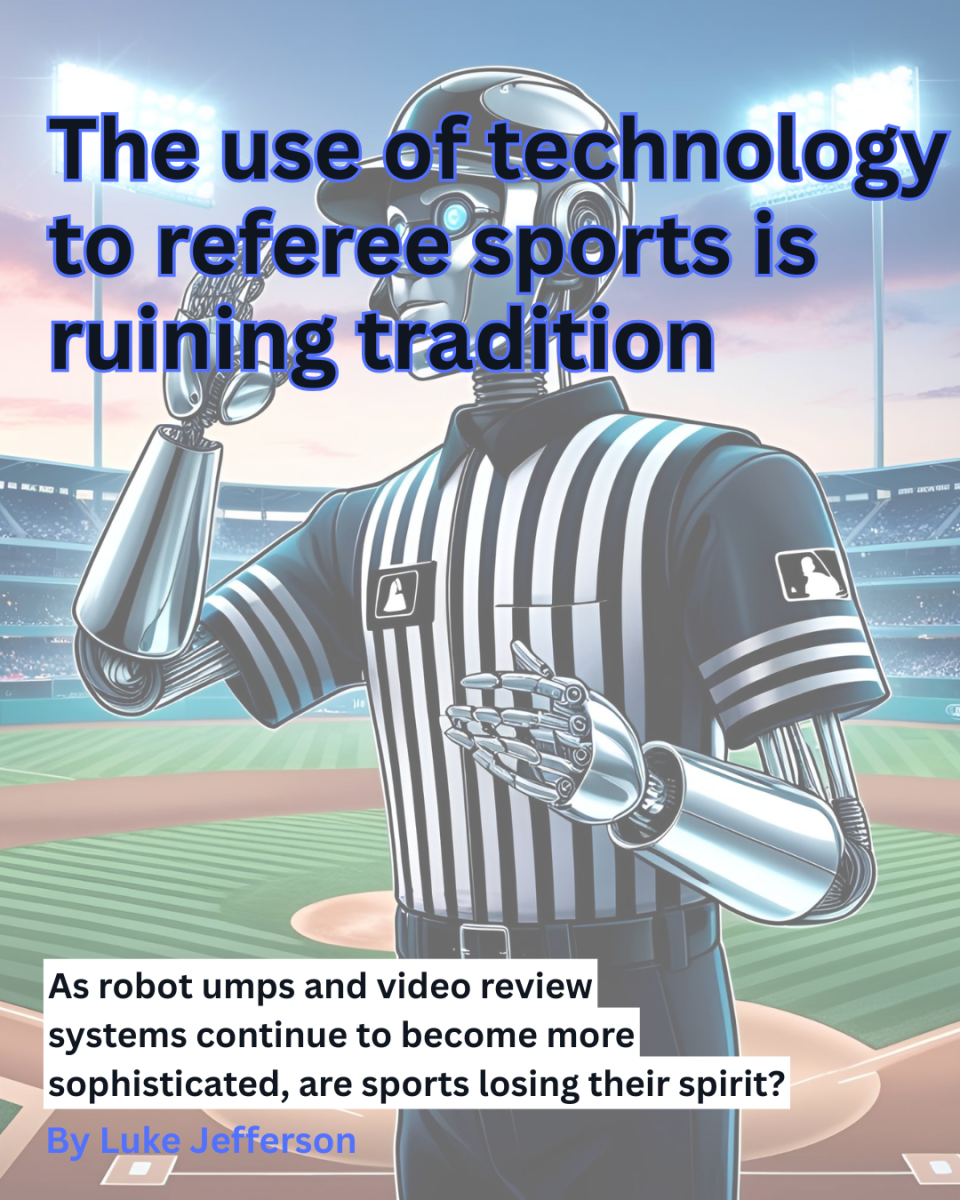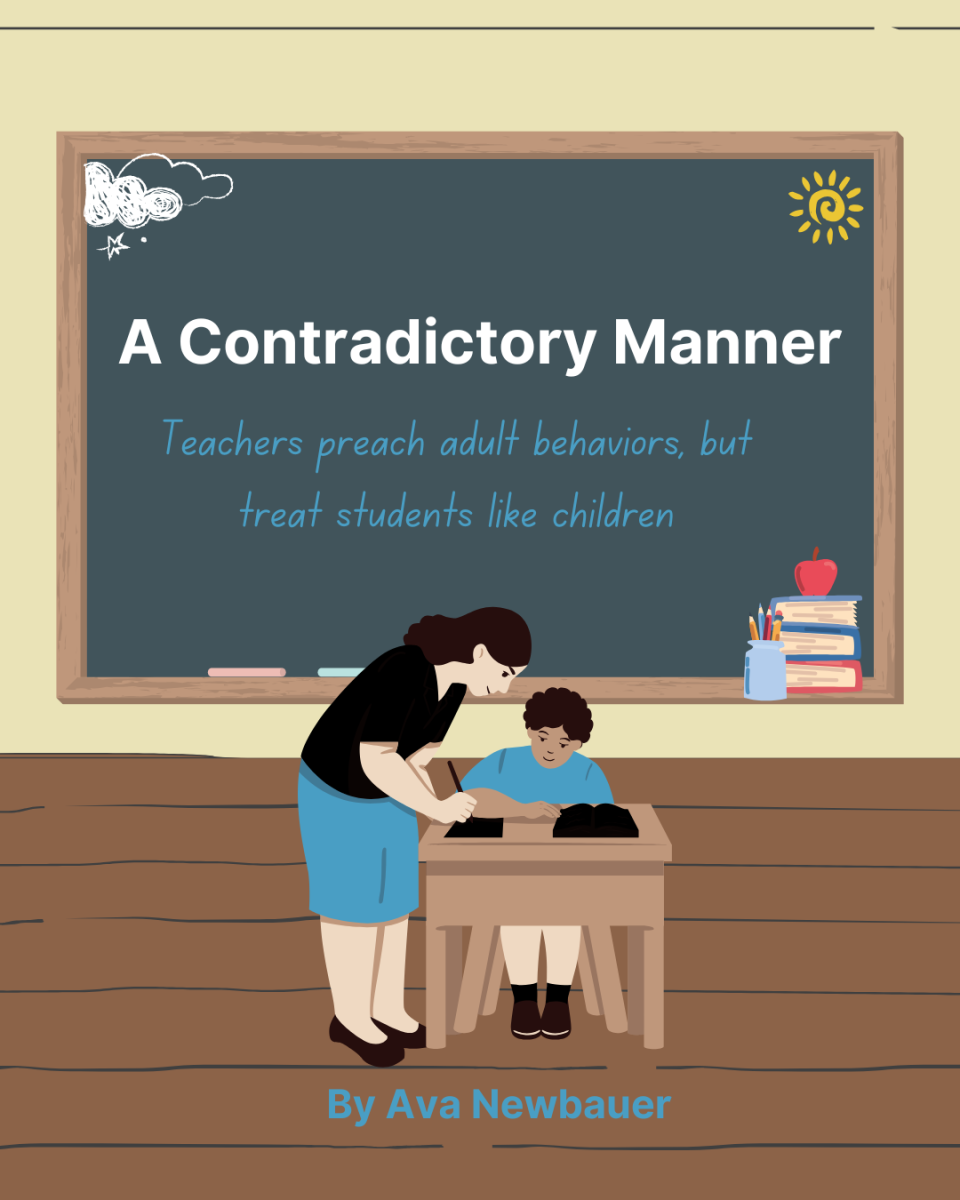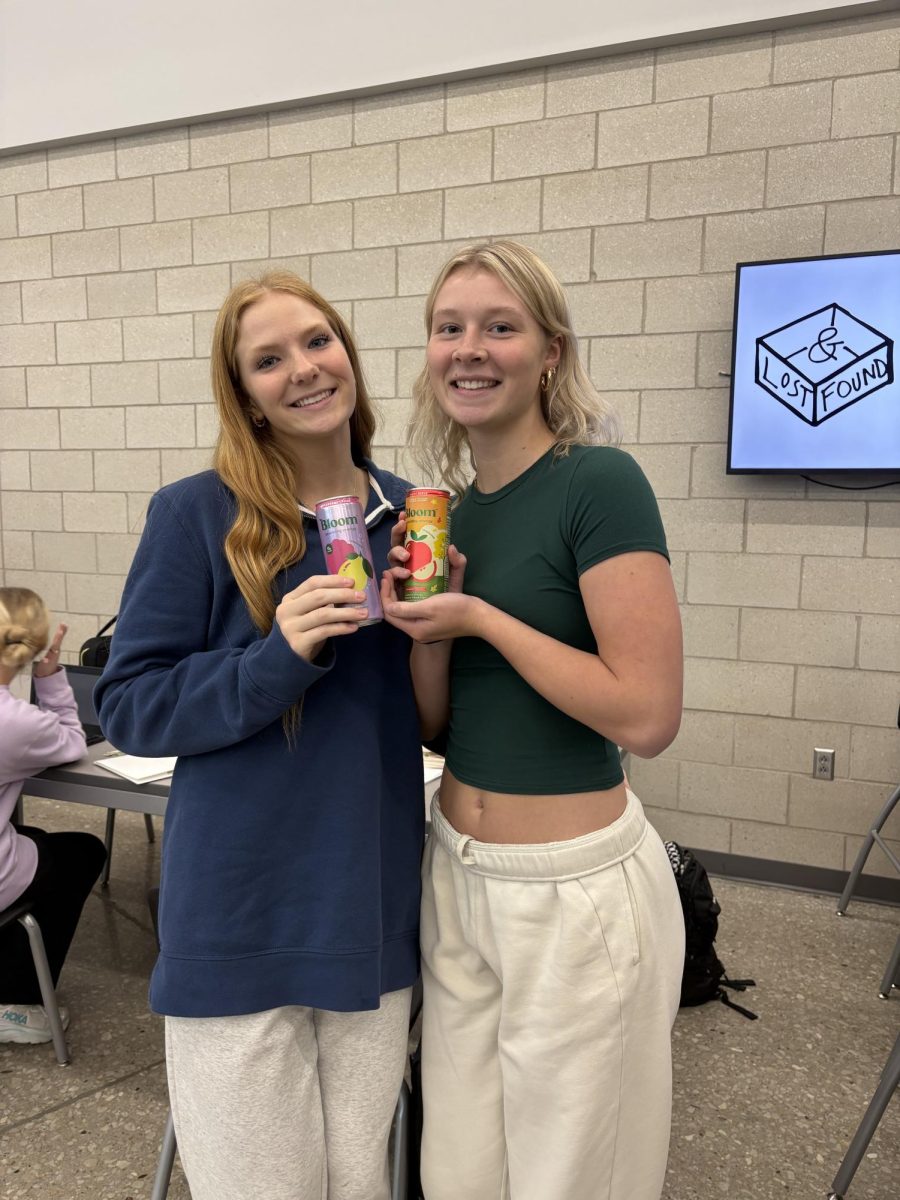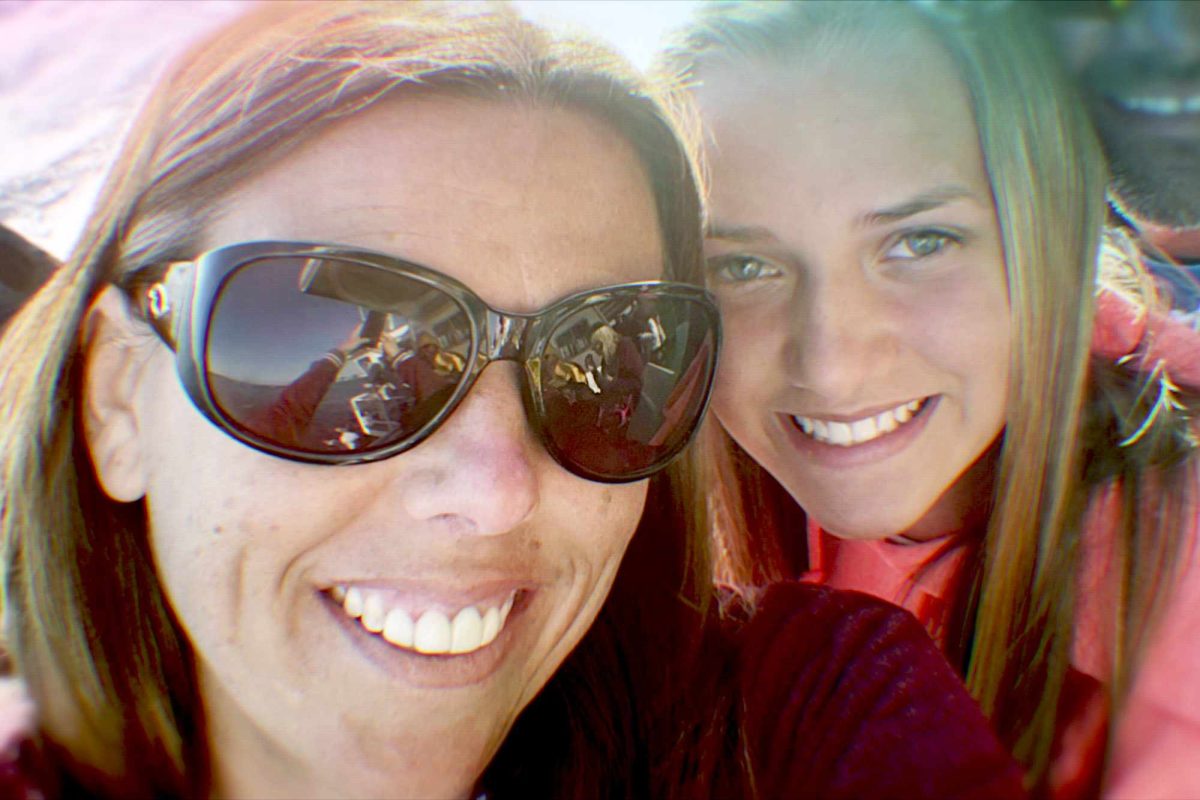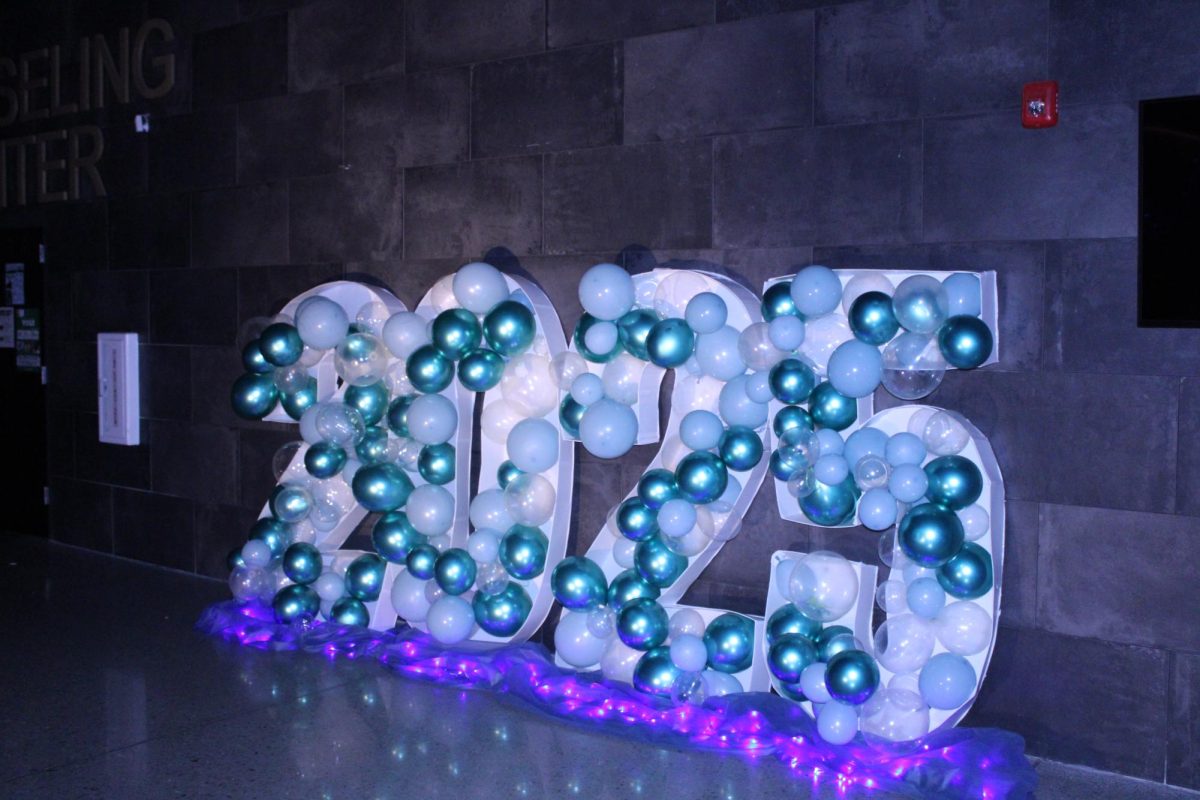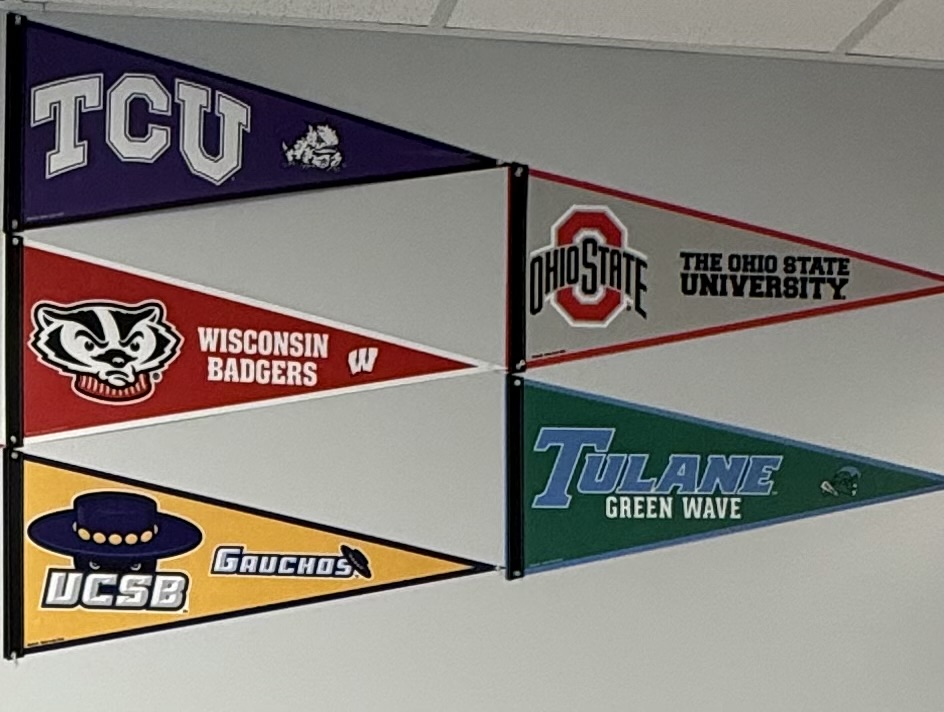“Never Have I Ever star wants to play Rapunzel in Disney Live-Action.”
Ten years ago, this headline would likely spark huge online controversy and national news. Today, it seems the pushback is minimal.
Like many, I grew up with the Disney fairytales. Specifically, I loved Sleeping Beauty. Her signature color, and mine, was pink. She loved animals, just like me, and as a seven-year-old, I had a huge crush on the prince who rescued her from her slumber. She didn’t look like me, but she was my favorite. Not Princess Jasmine, but Aurora.
As an Indian girl, there is not a lot of representation for me in mainstream media. It’s unfortunate, but its the truth. Despite the lack of South Asian representation in the media, I do not want Maitreyi Ramakrishnan, the star of Never Have I Ever, cast as Rapunzel.
Disney’s version of diversity has negative impacts. By erasing white characters, Disney puts a negative light on diversity, making it look like a bad thing. True diversity is keeping old characters how they are supposed to be, and introducing new characters with different backgrounds. I want to see more South Asian representation, but not in the form of Sleeping Beauty or Rapunzel.
Rapunzel has “glowing blond locks and sparkling green eyes.” It’s essential to her character to have these traits as her hair glows blond from the power of the flower. Ramakrishnan is the complete opposite of what Rapunzel is described to be. Instead of having a South Asian play Rapunzel, the (far better) alternative would be to create a South Asian character and incorporate elements of South Asian culture into the story.
This idea isn’t anything new. Mulan’s Chinese culture is intertwined to her story. Tiana’s African-American culture and Pocahontas’s Native heritage are also essential to their stories. The biggest problem with switching the ethnicity of a character is that we lose out on actual perspectives of minority groups. For example, in Aladdin, the genie that comes out of a bottle is known as a jinn in Islamic culture. The genie has been a large part of Arabic mythology since pre-Islamic Arabia, and represents Middle Eastern culture; therefore, it wouldn’t make sense to have, say, a Dutch Jasmine, or a Vietnamese Jasmine.
Just like how casting directors try to be as accurate as possible in the movie adaptations of the Hunger Games (2012), The Summer I Turned Pretty (2022), or another book-to-movie adaptation, you would think that a live-action Rapunzel would be as similar to her animated self as possible. However, with Disney’s push for “diversity,” animated Rapunzel and live-action Rapunzel will likely be totally different.
I put diversity in quotation marks, because what Disney is doing is not true diversity. At all. Take for example, the recent release of box-office bomb Snow White (2025), starring Colombian-Polish Rachel Zegler as Snow White and CGI dwarves. Dwarfism affects about 1% of the world population. Roles for people with dwarfism are few and far in between. Snow White, a story whose plot line heavily depends on dwarves, would have been a rare opportunity for actors with dwarfism to showcase their acting with a big company (Disney), but instead, Disney decided to get rid of dwarves from the movie, instead calling them “magical creatures.” The erasure of dwarves from Snow White is reverse inclusion; casting a Latina while taking away a crucial opportunity for a breakout role for another minority is hypocrisy.
The problem with Disney’s diversity is that it actually does a disservice to all minorities, as well as to the majority. Snow White could have been albino, a minority that is very rarely even discussed let alone represented on TV. Not only would Snow White still be true to her original character description, but the movie’s approval ratings might have been higher than 6%.
Snow White isn’t the only example of failed diversity. Nani, Lilo’s sister and a major character in Lilo and Stitch, is not Pacific Islander in the live action, despite Nani’s Hawaiian background being a main character trait. Instead, she’s Wasian and is “allowed” to play a Hawaiian character… because she grew up in Hawaii. An opportunity for actual diversity, once again, taken away.
It’s also important to note that the people so angry about Snow White being Latina and Halle Bailey playing Ariel are silent on Nani not being the “correct” ethnicity. “Race-swapping” is a problem even when a non-white character is the one being switched. In fact, Nani’s role going to a different ethnicity is more of an issue, as Disney’s Hawaiian and Pacific Islander representation is sparse.
Disney is trying to be inclusive, and that’s good; it’s a step forward. Ultimately, we have to acknowledge that many, many groups of people are in this world, and they deserve to be represented. However, Disney’s execution of inclusivity is poor, and only reflects badly on diversity, which slows our progress as a society.
True diversity and Disney diversity aren’t the same thing. Disney’s efforts at diversity are better than nothing, but they simply aren’t good enough. Hopefully, Disney can understand its mistakes from the failure of Snow White and work towards true inclusion.

